After a year full of twists and rumors, Tesla has finally revealed its “affordable” cars. Once thought to be new, standalone models, the cars in question are, in fact, just a Model 3 and a Model Y with slightly different looks and some missing features.
Called the Model 3 and Model Y “Standard,” they’ll cost $38,630 and $41,630, respectively, including destination—$5,500 and $5,000 less than their more expensive counterparts.
There’s a lot to unpack here, from the exterior changes to the missing features to the revised drivetrains. Let’s get into it.
How About Those (Missing) Lightbars?
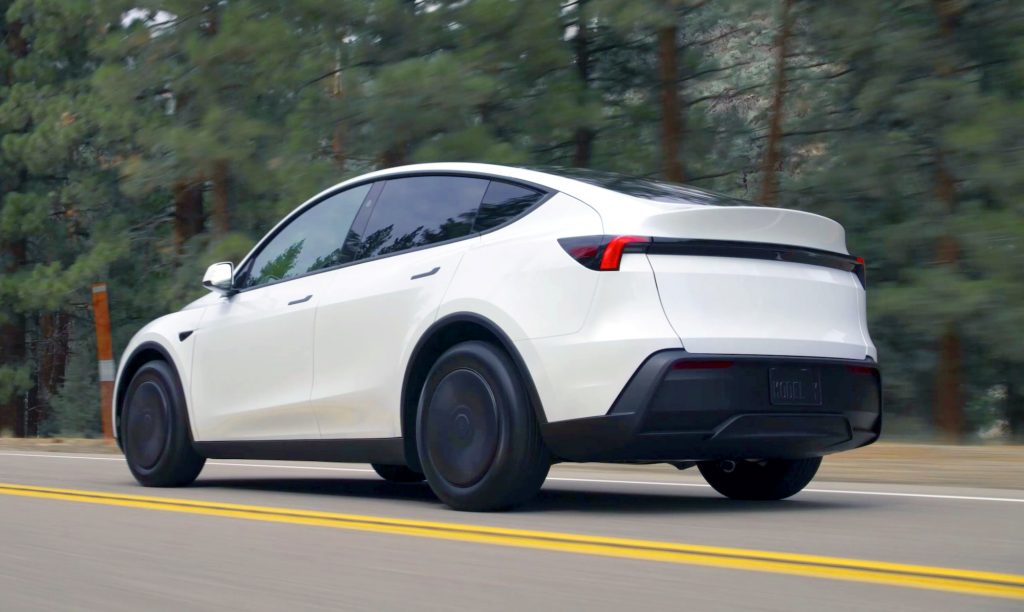
The cheapest Model Y will be easy to spot in a crowd of Teslas. Unlike the more premium trims, this one doesn’t have lightbars front or rear to connect the exterior lights. Up front, that area is occupied by the bumper cover, while in the back, there’s no black piece of plastic on the tailgate. The Model 3 is a bit tougher to differentiate, seeing as how it didn’t have lightbars in the first place. The only exterior change, according to Car and Driver, is a front-mounted camera that’ll eventually make its way to the rest of the range.
Then there are the wheels. Up until now, the smallest wheels you could get on either the Model 3 or Y were 19 inches in diameter. But these new versions come standard with 18-inch wheels. While that might be bad news for the design-obsessed, those who prioritize range might actually be excited. Smaller wheels often result in better range for EVs, thanks to their lighter weight.
As Motor1 points out, not even the side mirrors made it out unscathed. According to a comparison chart on Tesla’s website, the Model Y has manual folding mirrors. The Model 3 mirrors, meanwhile, are fully manual, without motors for adjustment (something I’m not sure any other car currently on sale is missing). Tesla really didn’t hold anything back here with the cost-cutting.
What Else Is Gone?

Most of the Standard’s savings can be found inside. The front seat ventilation is gone, as is the rear seat heating. There’s no vegan leather to be found, as it’s been replaced by more traditional textile material. The steering wheel adjustment is now manual, and the rear touchscreen for the second-row occupants has been deleted and replaced with vents. There’s also a new center console setup.

Weirdly, the Model Y Standard retains its glass roof, but it’s been totally covered up on the inside by a headliner and a bunch of sound deadening. The company told Car and Driver this was cheaper than developing and installing a fixed metal piece. Why it didn’t just keep the glass roof as-is, I’m not sure. Even weirder, the Model 3 Standard retains its glass roof without any changes.
Let’s Hear The Numbers
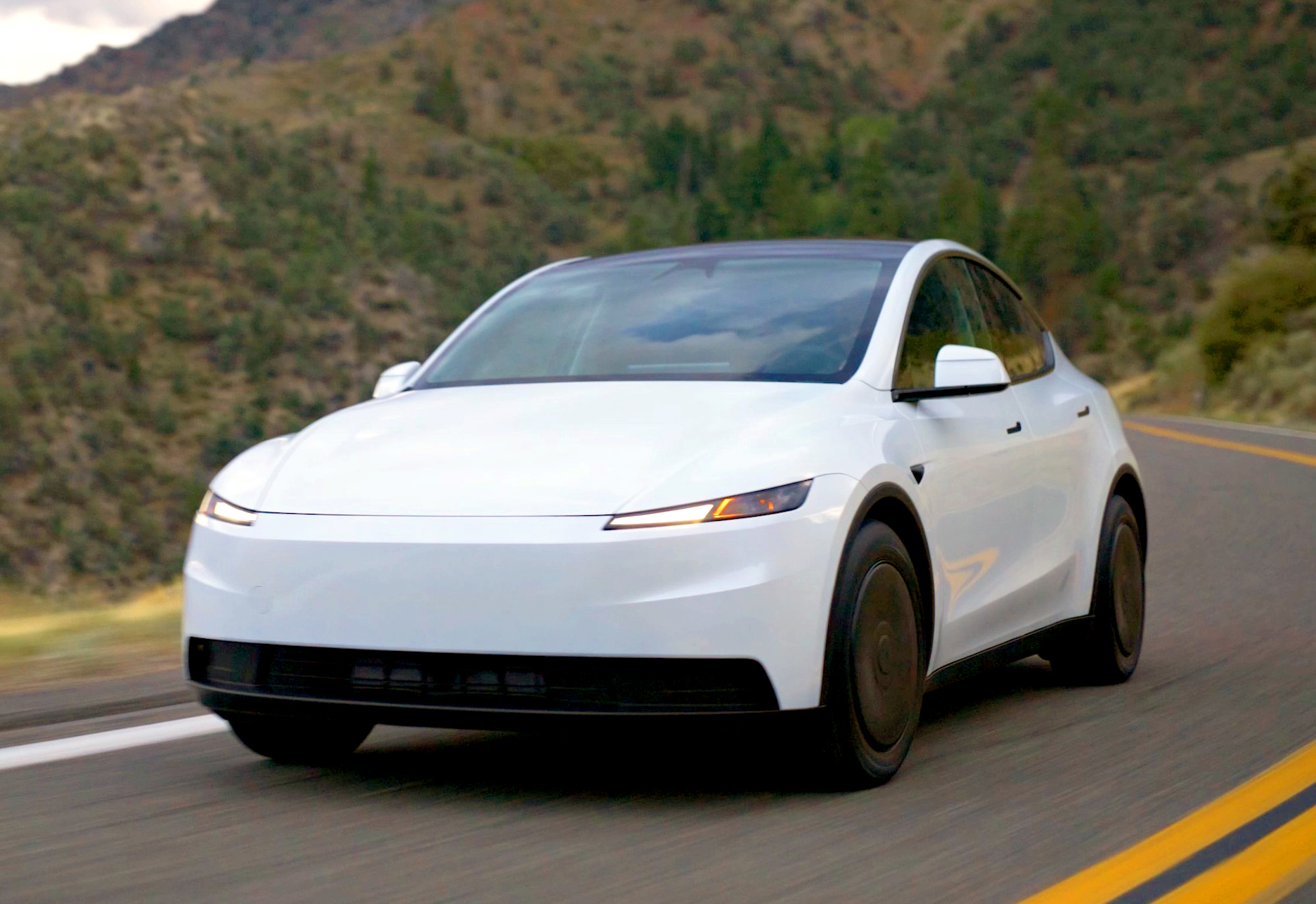
The normal Model Y comes with either rear- or all-wheel drive, netting drivers 295 horsepower or 375 horsepower, respectively. The Standard is available only with a single motor at the rear, rated at 300 horsepower (more, weirdly, than the more expensive model). Tesla says it can sprint to 60 mph in 6.8 seconds, a fair bit more than the normal car’s 5.4-second estimate.
The Model 3 Standard gets a single-motor rear-drive setup as well, rated at 286 horsepower (the same as the current Model 3 Long Range RWD). Despite the identical power numbers, Tesla quotes a 0-60 time of 5.8 seconds for the Standard, versus 4.9 seconds for the RWD.

The battery in both cars is the same, with just 69.5 kWh of usable capacity. Tesla says both cars can achieve a range of 321 miles on those base 18-inch wheels, or 303 miles on the optional 19-inch wheels. Charging at any of Tesla’s Supercharger sites is also limited to 225 kilowatts—a slight dip from the normal car’s 250-kilowatt capabilities.
Is It Actually Cheap?
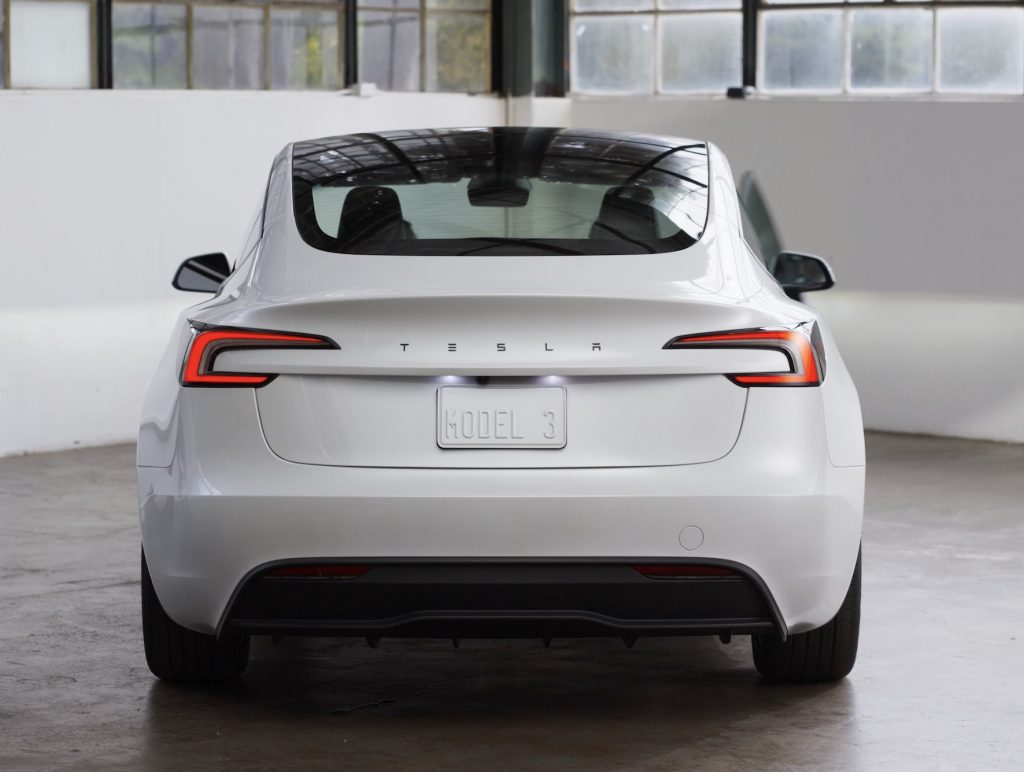
The Model Y Standard is the more important car of the two, being one of the world’s best-selling cars and all. The car’s new price puts it right alongside cars like the Ford Mustang Mach-E and the Hyundai Ioniq 6, but it can’t match the excellent value of something like the Chevy Equinox EV, which offers similar range to these Tesla Standard models but for even less money.
Interestingly, the Model Y Standard is about as expensive as the normal Model Y was before the federal tax incentive went away. This trim will, presumably, be the bridge to fill the gap for buyers who couldn’t previously afford the car without the incentive.
At $38,630 including destination, the Model 3 Standard is a bit more compelling, especially considering its range. By my estimates, it’s now the sixth-cheapest EV on the market, just behind the Toyota bZ4X, which is short on range by about 100 miles versus the Tesla. Considering it performs identically to the Model Y standard, I’m not sure why you’d choose the crossover over the sedan (unless you really, absolutely need that bit of extra space, which most people don’t).
Both cars are already available to order on Tesla’s site, so if this price cut was what you were waiting for, head on over to its configurator and dive in.






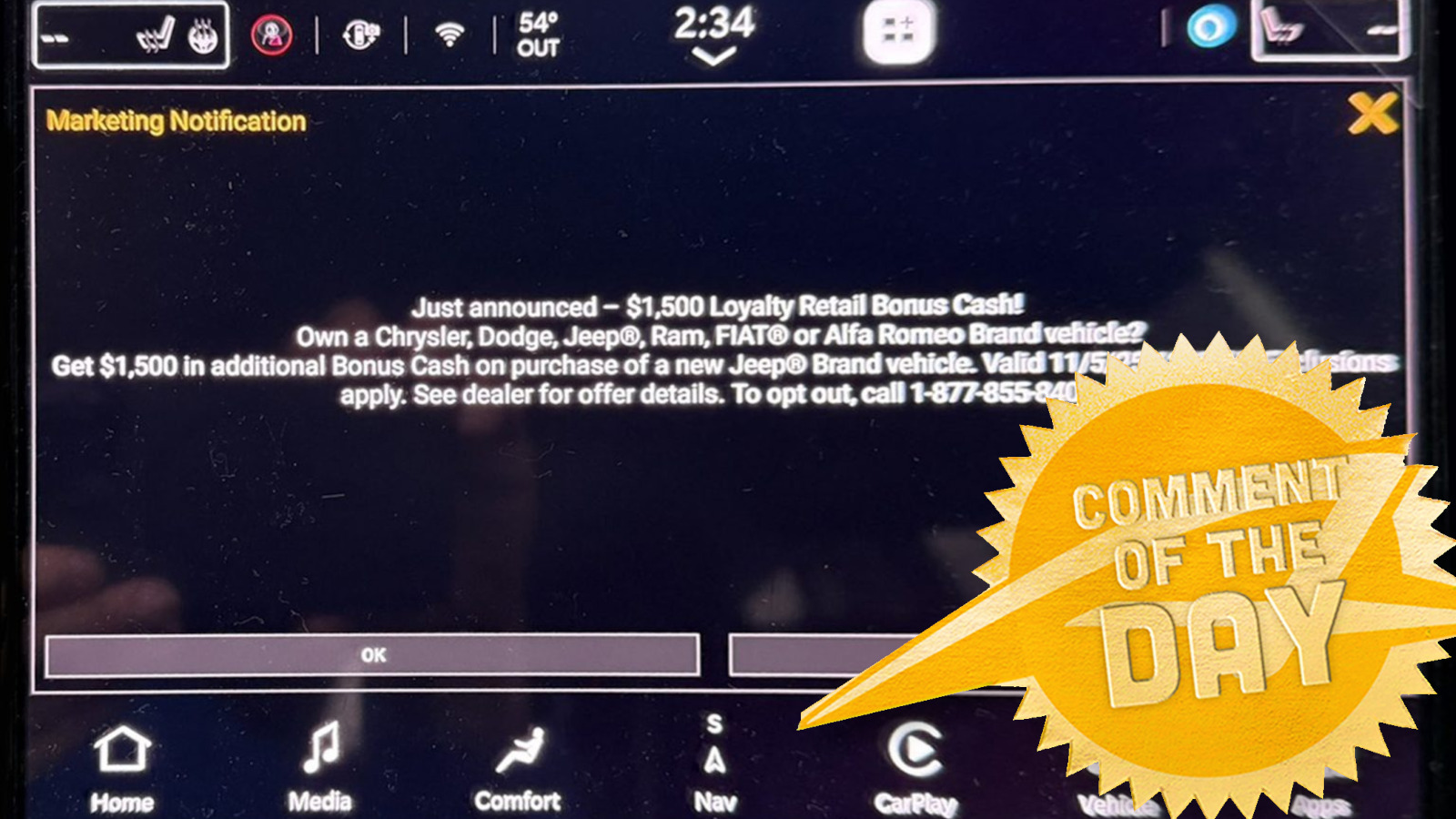
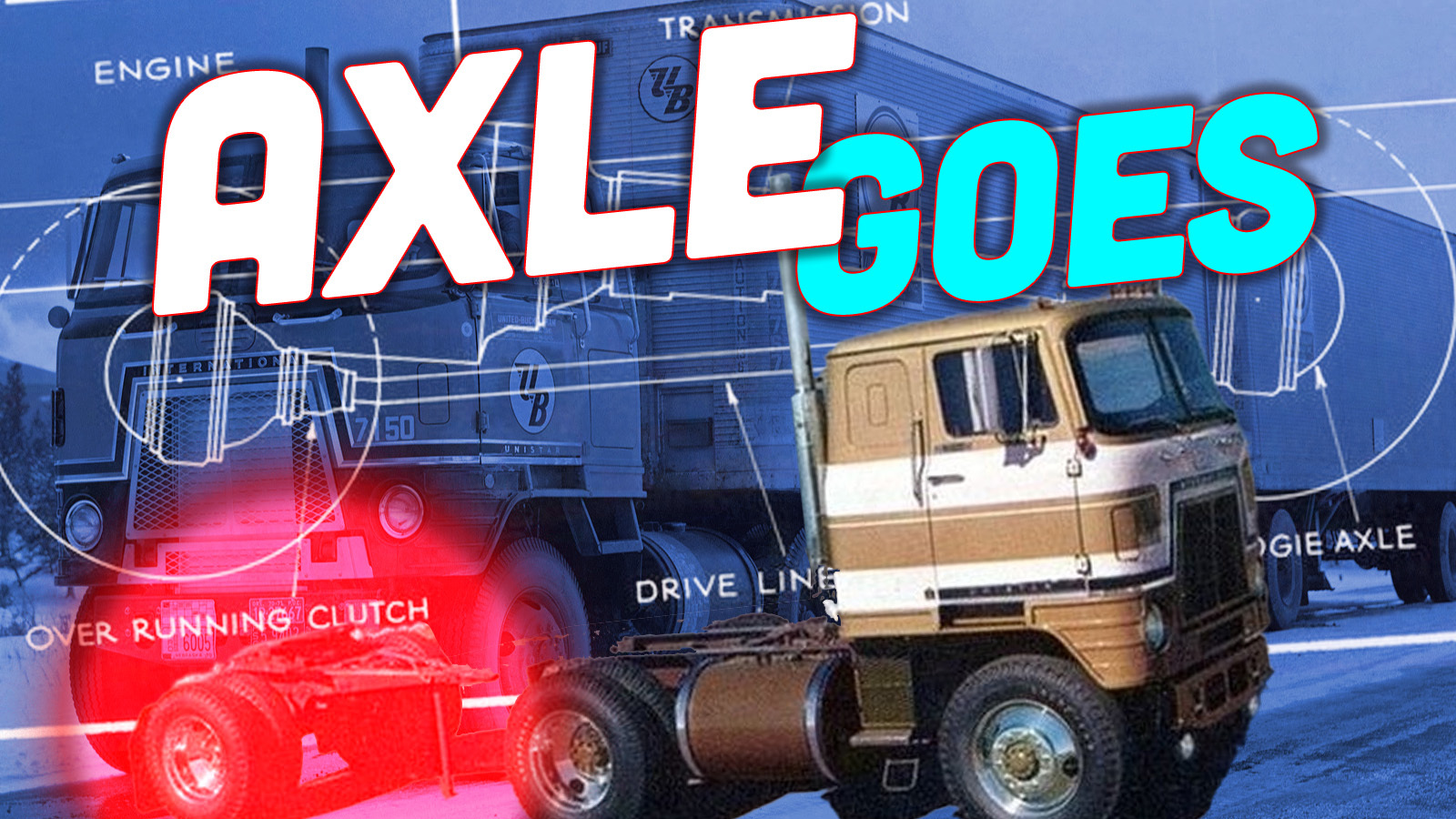
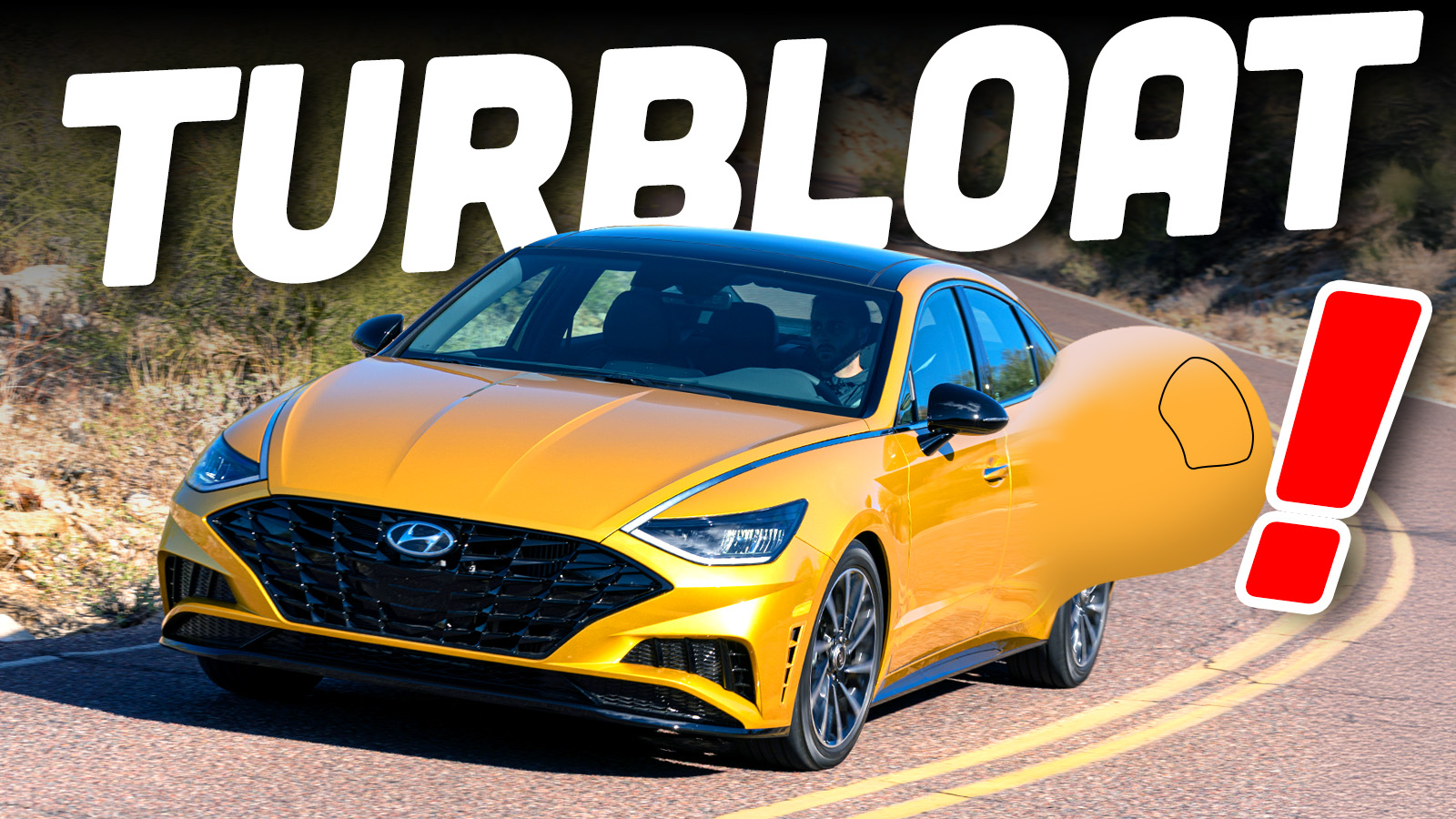
I think deleting the light bars is a bad move. Most consumers aren’t Autopian readers; they don’t want to shout to the world “I bought the cheapest version they make!” The front end looks extra-goofy now. That topshot looks like when they disguise a car for street testing.
I’d gladly tell Elon to ‘bite me’ but I’d be afraid of catching something.
There are more repugnant humans in the news these days, but not many.
So… Less useless lights. No tandoori oven sunroof. More sidewall. Wow. This thing is practically the Jalopnik Edition!
And cloth seats, much nicer than leather or pleather. Although I guess I should reserve judgement until I have actually felt said cloth…
Super nice!
The Model 3 Standard has one real competitor as I see it. The base Ioniq 6.
The Ioniq 6 starts at $37,850 with RWD, 149 hp, and 240 miles of range.
The Model 3 Standard starts at $36,990, RWD, 286 hp, and 321 miles of range.
Cheaper, more hp, more range. Seems like a lot of complaining just to complain.